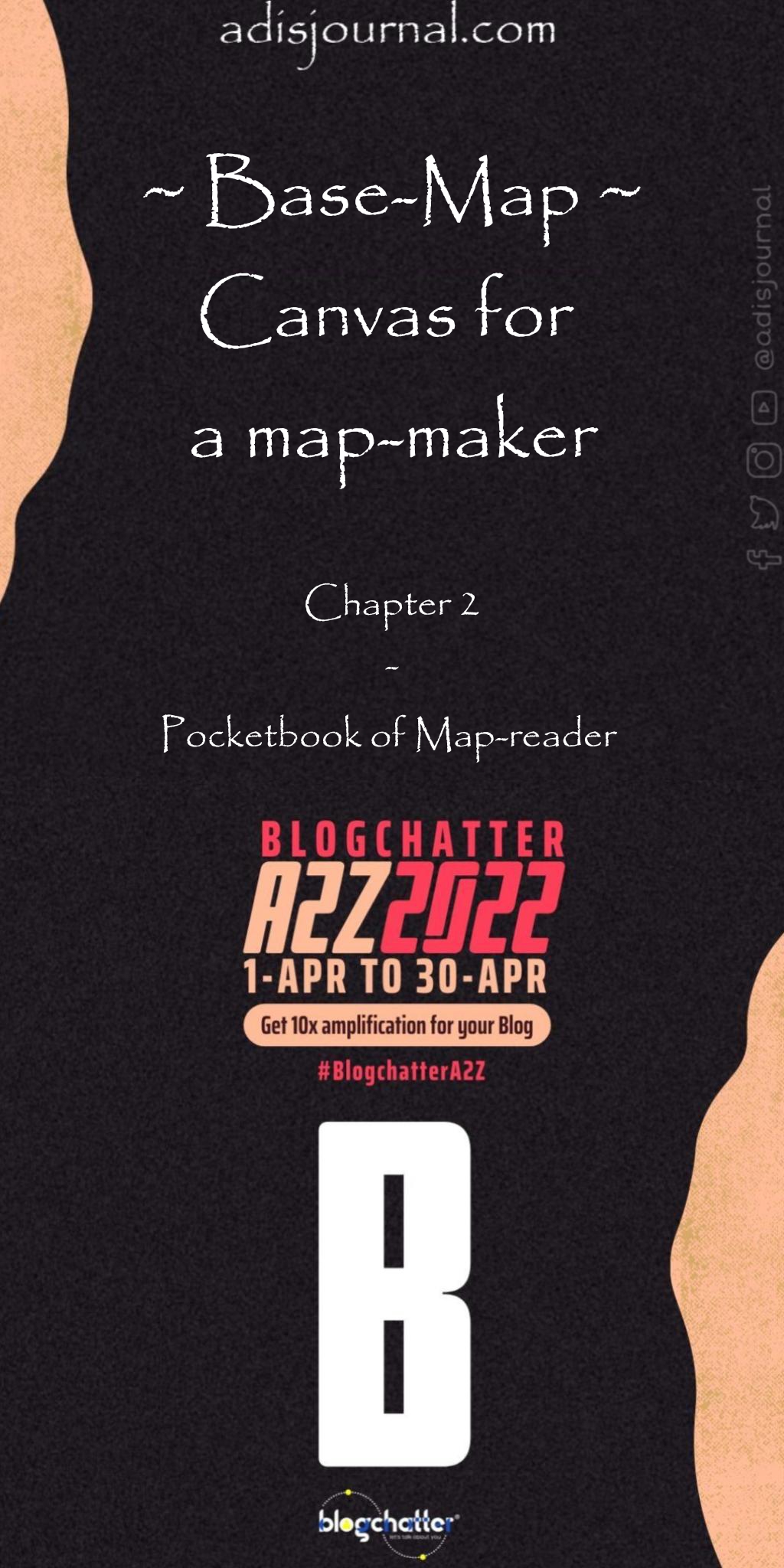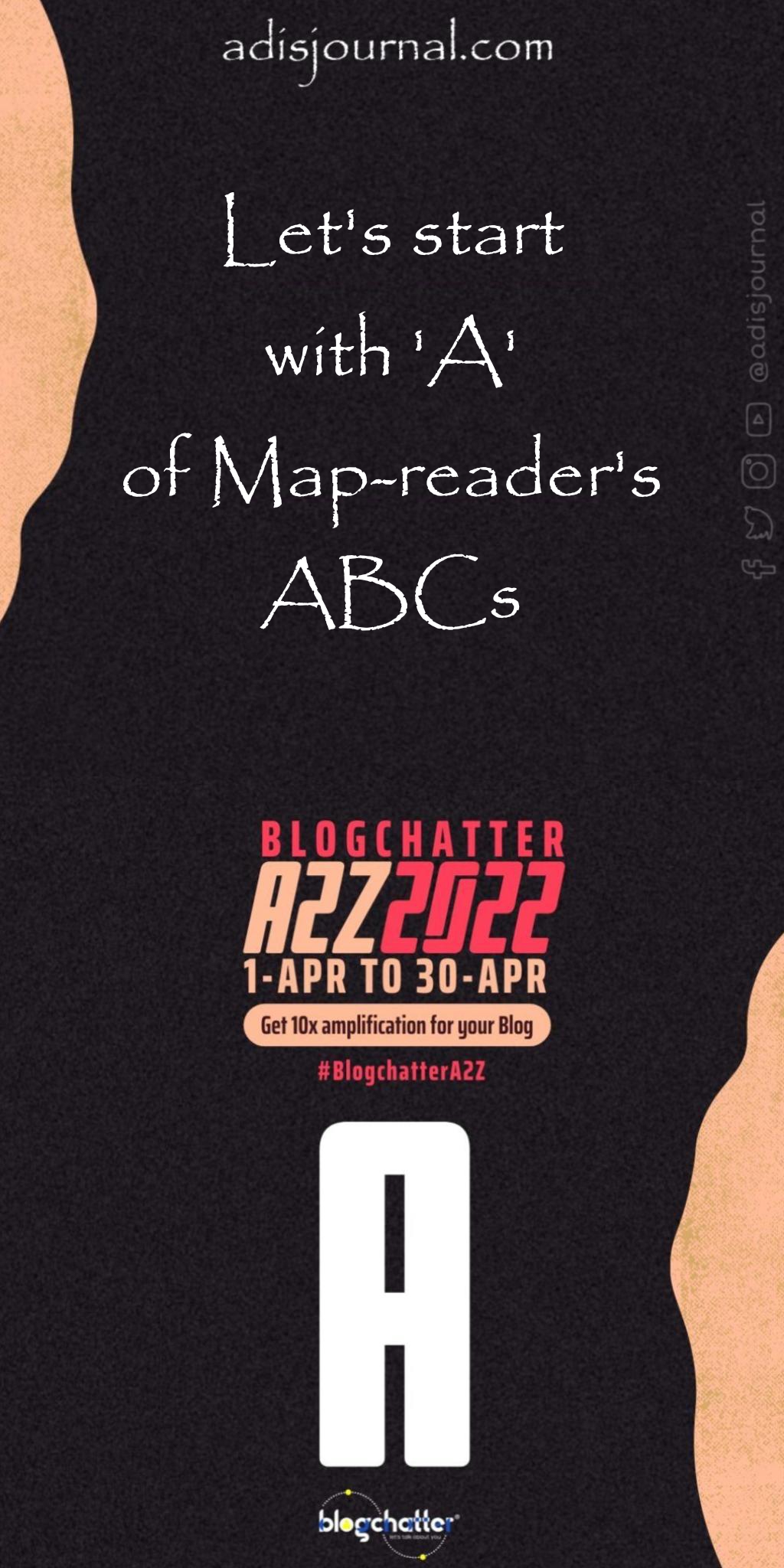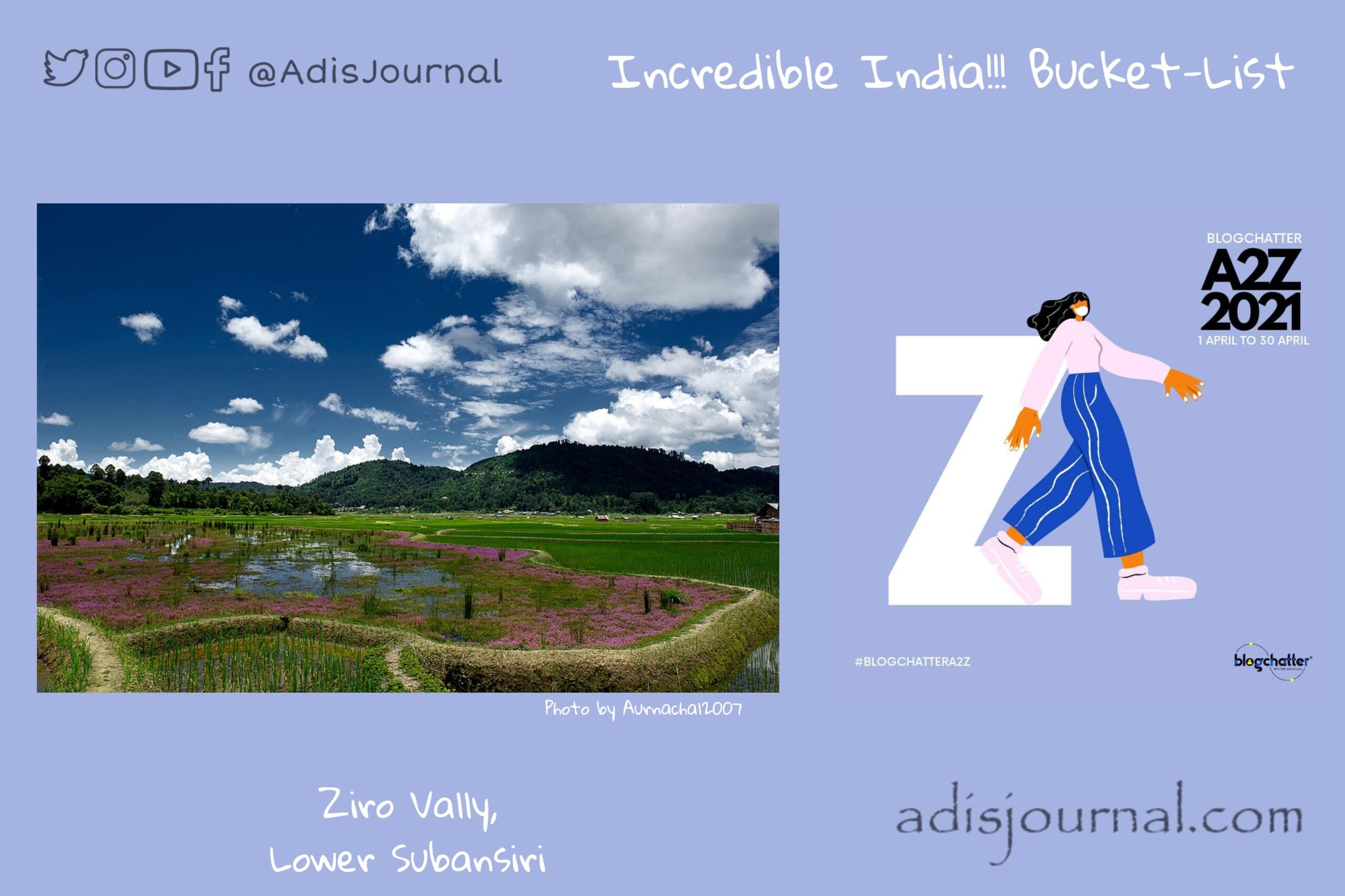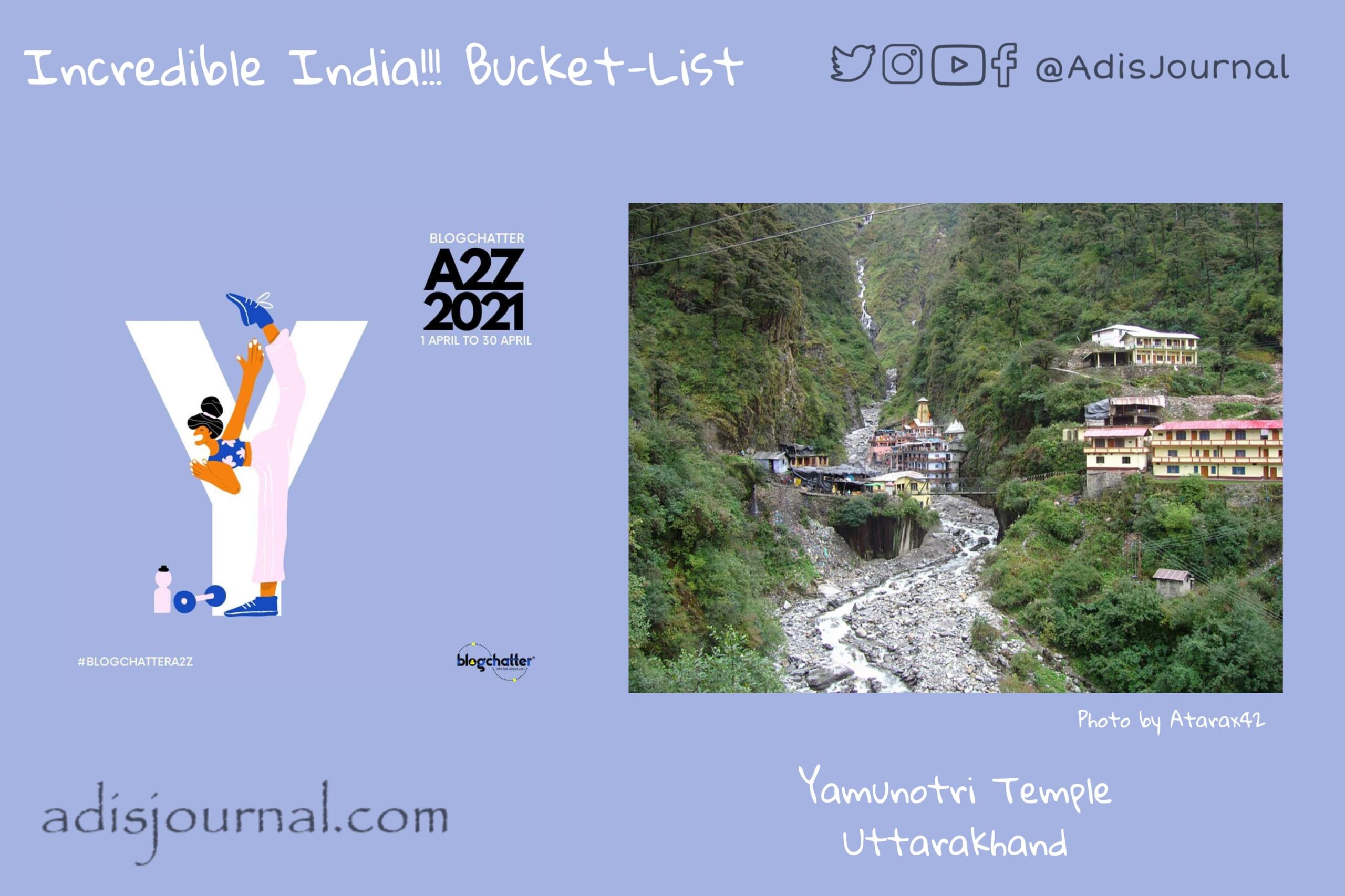
Do you remember your school days, when your geography teacher would ask you to get some blank outlines of either a map of India or the state about which you are studying that year? It used to be just a blank canvas. Simple plain white paper with outline printed mostly in blue colour. Then the teacher would ask you to mark either some tourist spots, or mineral mines or something of that sort on that map. To tell you the truth, I used to dread those times. Every dot I used to put on that blank paper, my anxiety would pile up. Fear of making the wrong map is real. Sometimes even today, it creeps back into my mind. But, about that, some other time. Let’s know more about this canvas of us map-makers; base-map.
Base-map: a chance to start a fresh
However, my interest in maps increased as time passed and I decided to be a map-maker. When I was studying map-making, that dreadful thing in my school days got introduced to me as a “base-map” on which a map-maker builds his or her version of the world. It always acts as a blank canvas to start a new story. Sometimes, it may be about the way to travel from one place to the other. While some stories may tell you about what particular region eats as their staple food. You can tell any story with this blank canvas.


Nowadays, with the advancement of technology, even maps have gone digital. These days, we make maps on online platforms. It gives us a chance to play with our canvas. Why have only plain white canvas to work with? You can add colour, texture and funk to your story right from the base maps. Let me show some funky designs I made to use as a base map. I am still the story to tell on that design.
Don’t let the labels, roads and colours on this map fool you. This is just the base-map. It doesn’t tell any story as it is. It just shows a core part of Pune City in India. But if I start adding data on a particular theme or subject on this, say old temples in the city, or schools or hospitals, then it will be a meaningful map. When you open a map on your phone, it shows a map with a bunch of landmarks on it. Unless you search something in particular, or start the navigation function, technically it’s just a base-map. Depending on the purpose of the map, a base-map can be anything from a blank outline to a funky, colourful map with some data-points on it.
Would you like to tell a story on this canvas? Let me know in the comment section below.
I’m participating in #BlogchatterA2Z. You can read my other posts about maps and map-reading here.























